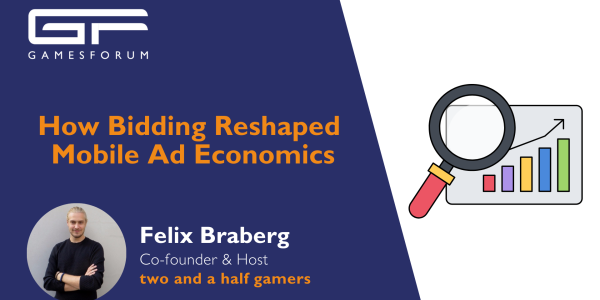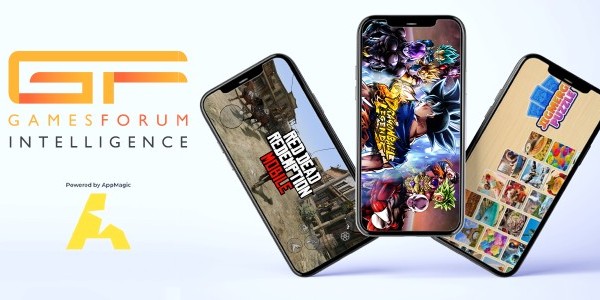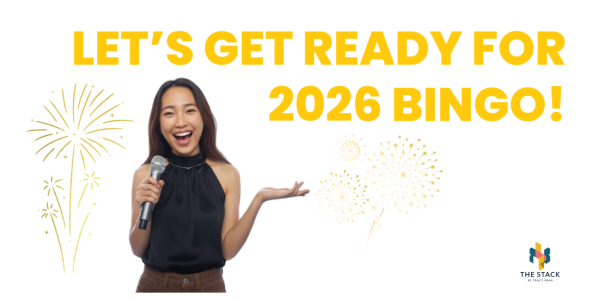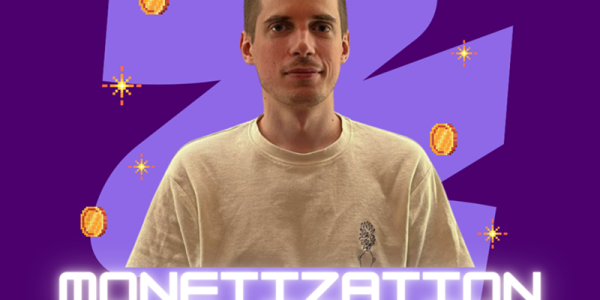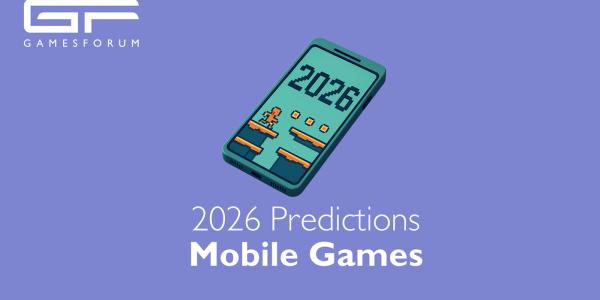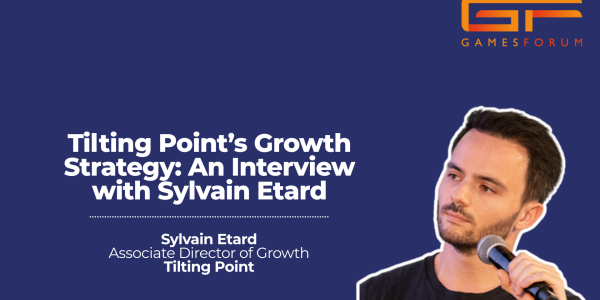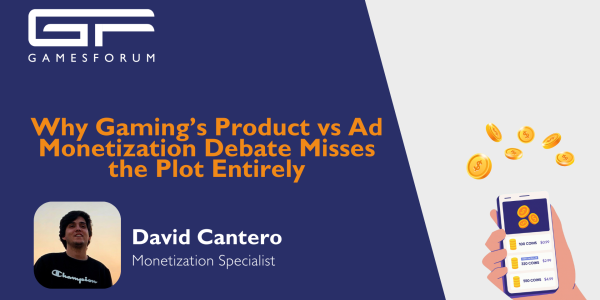There’s Nothing Magical About Disney Sorcerer’s Arena

Behind the familiar Disney characters and stages inspired by iconic movie locations, Sorcerer’s Arena is a generic, gacha-driven, turn-based RPG that’s similar to most titles in its genre. The established gacha game loop is there: collect characters, level them up, equip them with the latest gear, ad infinitum. However, there’s a surprising tactical depth to its combat that’s unfortunately hidden away behind a massive paywall.
Hidden Depth

On its surface, Sorcerer’s Arena looks like a rather straightforward turn-based RPG -- pick your target and attack it or cast a spell on it. You can see the order of turns on the bottom-left of the screen. However, there are abilities that can afflict various ailments or manipulate the turn order, allowing you to bypass an enemy’s move or attack twice in a row with the same character.
There’s a decent variety of skills that you can unlock, including some interesting spells that open up opportunities for you to get creative in battle. Many characters have special synergy skills that are activated when fighting alongside another character from their movie (for example, Aladdin and Jasmine can boost the other’s abilities). You can also unleash powerful Sorceror Spells that can completely change how you plan your attack. For instance, the Trigger’s Tower spell spawns a tower on your side of the stage that acts as an additional party character that you can issue commands to. It’s not particularly powerful, but if you kill an enemy with its attack, it can immediately attack again, allowing you to chain together multiple attacks in a row.

So, there’s a really good game to be found with a little digging. It’s too bad the game’s gacha mechanics and energy system combine to make these gameplay elements inaccessible unless you spend money.
Chests have a chance of dropping character tokens, and many characters can only be unlocked once you’ve collected several dozen of their tokens. The in-game shop does have free chests, but they don’t drop more than one character token at a time. Most of the time, they won’t drop tokens at all.
You can farm stages for the character tokens that you need, but you need energy to enter a stage. Energy recharges at a painfully slow rate; once you’re out of energy, you may as well stop playing for the day. You can get 5 energy by watching a video ad, but stages cost at least 8 energy, so you’ll quickly find yourself spending more time watching ads than playing the actual game.
Monetisation Model of the "Disney Sorcerer’s Arena"

I’ve touched a bit on the game’s gratuitous use of loot boxes, but Sorcerer Arena’s monetisation model employs every monetisation mechanisms under the sun. You’ll find in-app purchases, multiple currencies, gacha loot boxes, all sorts of knick-knacks and ornaments to collect, and rewarded video ads. I’d love to see the data driving this “everything and the kitchen sink” philosophy which is so prevalent in free-to-play; as a user, I can’t say I felt particularly incentivized to watch the ads or spend money, but maybe I’m not the game’s target audience.
Of particular note is the seasonal Battle Pass in Sorcerer’s Arena. It’s called Passholder and it offers rewards for every tier you unlock up to tier 50. You go up in tiers by earning Passholder XP earned by completing Passholder Quests. You have the whole season (roughly two weeks) to go up as many tiers as possible before the whole thing resets itself and you restart from scratch.

The base Passholder is completely free but offers negligible tier rewards. Unlocking tier 2, which could take you anywhere from 10 to 30 minutes, gives you 2,500 Gold Coins. For reference, completing a stage for the first time rewards you with up to 10,000 Gold Coins.
You can spend some of the game’s premium currency, Gems, to upgrade your Passholder to Gold or Platinum. The requirements for unlocking tiers remain the same, but higher-level Passholders offer much better rewards. For example, the reward for unlocking tier 8 in the base version of this season’s Passholder is one character token -- you get 10 tokens at Gold and 100,000 Coins and high-level gear at Platinum.
It’s been interesting to see the rise of Battle Passes in the years since Fortnite first introduced the practice to a wider audience. It’s become one of the biggest trends in the gaming industry, especially as loot boxes have increasingly become the subject of lawsuits. Battle Passes do two things that publishers absolutely love: they encourage time investment from players, and they help them get over the psychological hurdle of spending that first dollar on a free-to-play game.
The key to a good Battle Pass is in its perceived value -- players need to feel like they’re getting more than they paid for. In order for this to be possible, there must be transparency and consistency in the valuation of the various rewards in the Battle Pass. When you’ve got a monetisation model that relies on multiple currencies and price shrouding, as is the case in Disney Sorcerer’s Arena, it’s impossible for players to gauge whether your Battle Pass is worth the price you’re charging.
A Missed Opportunity
It’s too bad so much of the fun of Disney Sorcerer Arena’s combat is blocked off by its gacha mechanics and restrictive energy system. As is, it’s just another of many potentially very good games ruined by extreme monetisation.
By Andi Nuruljihad for Gamesforum

